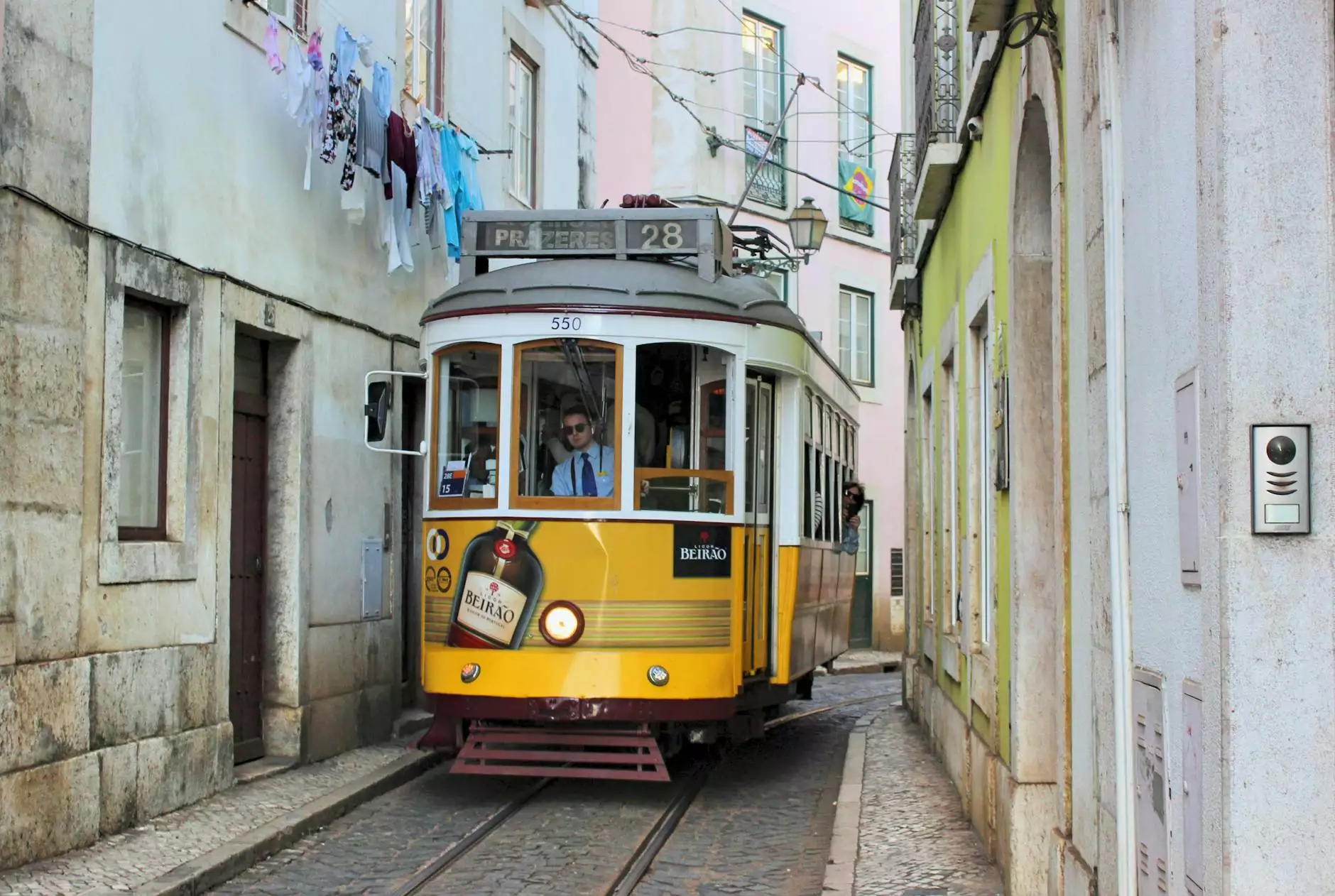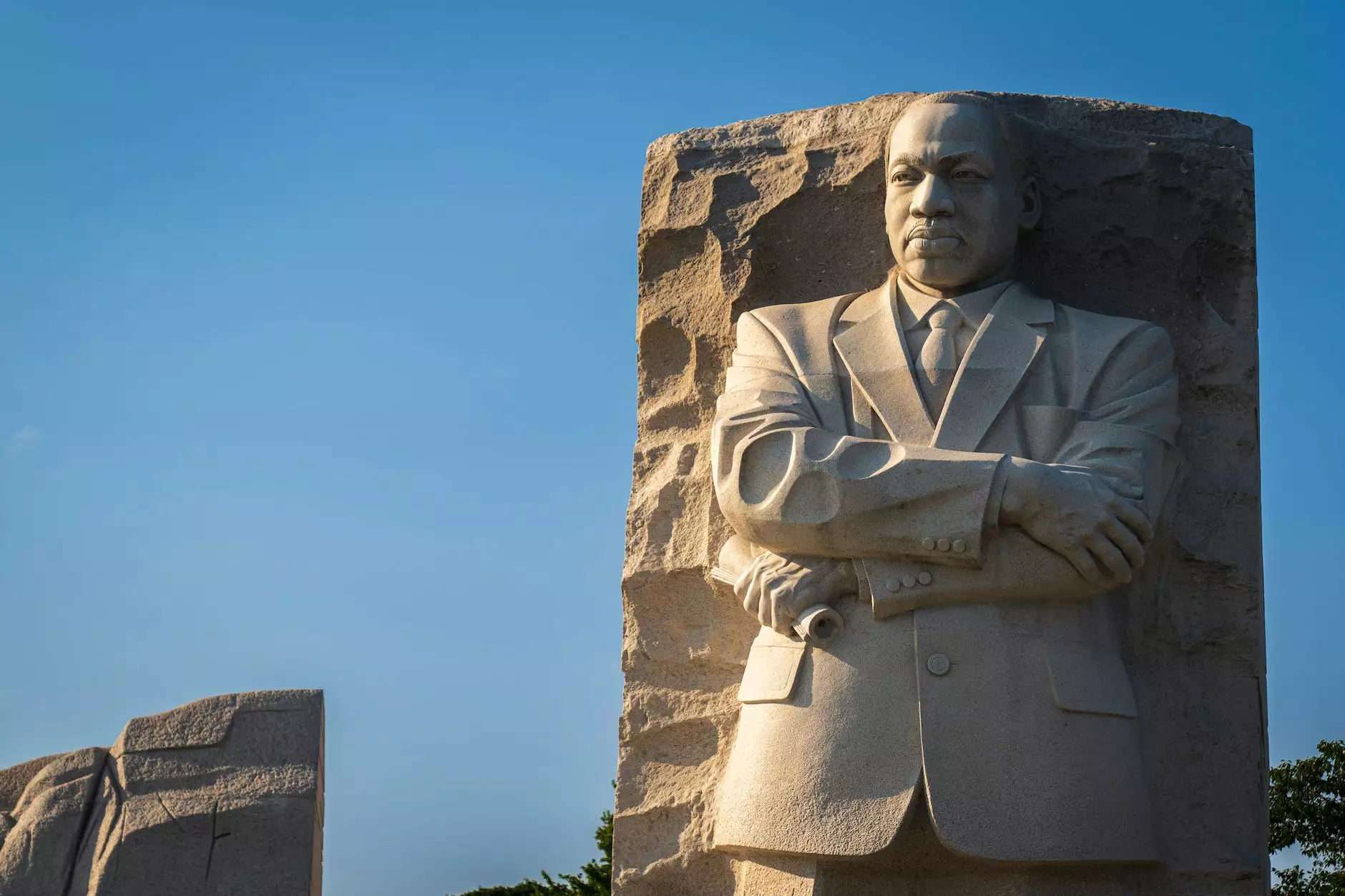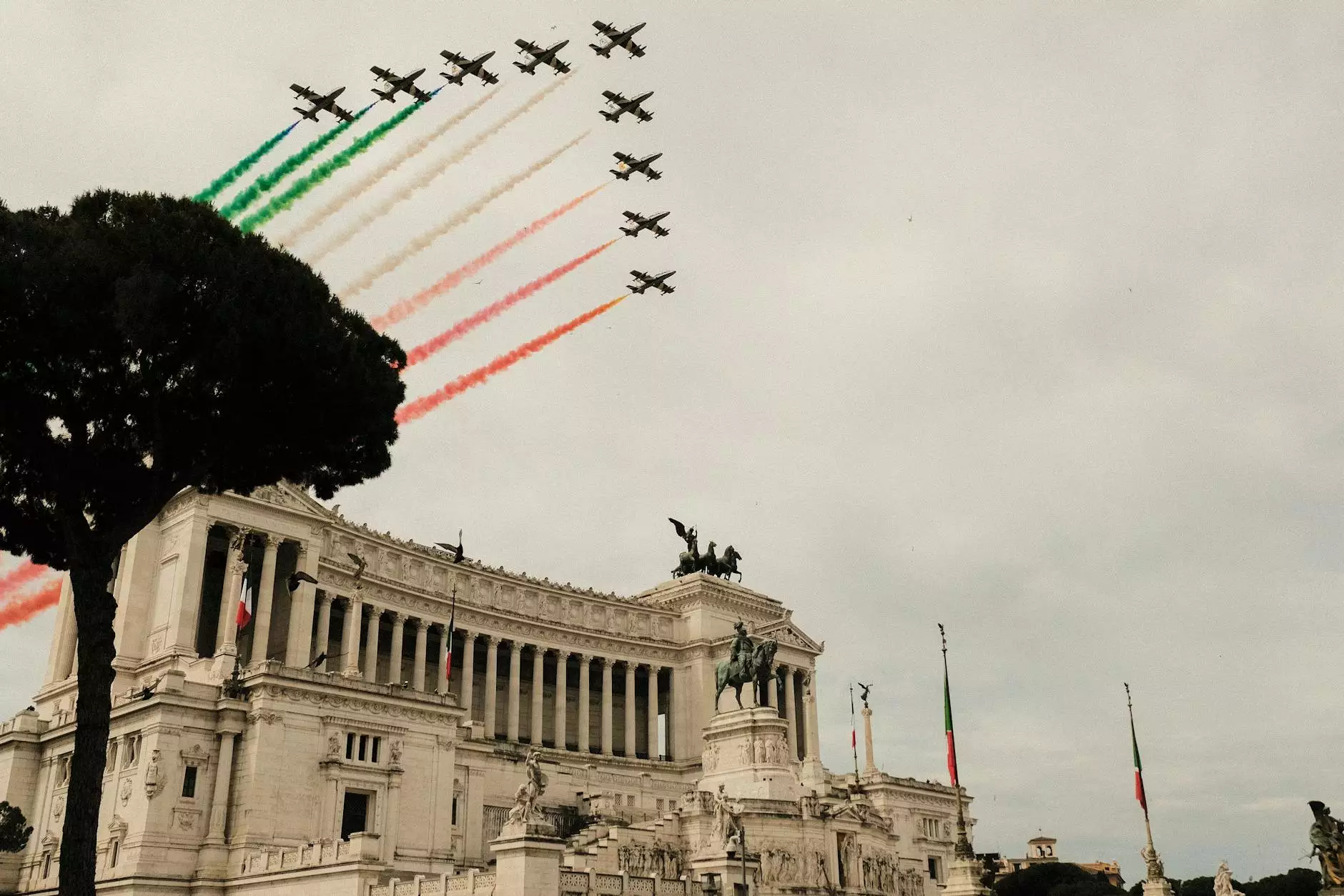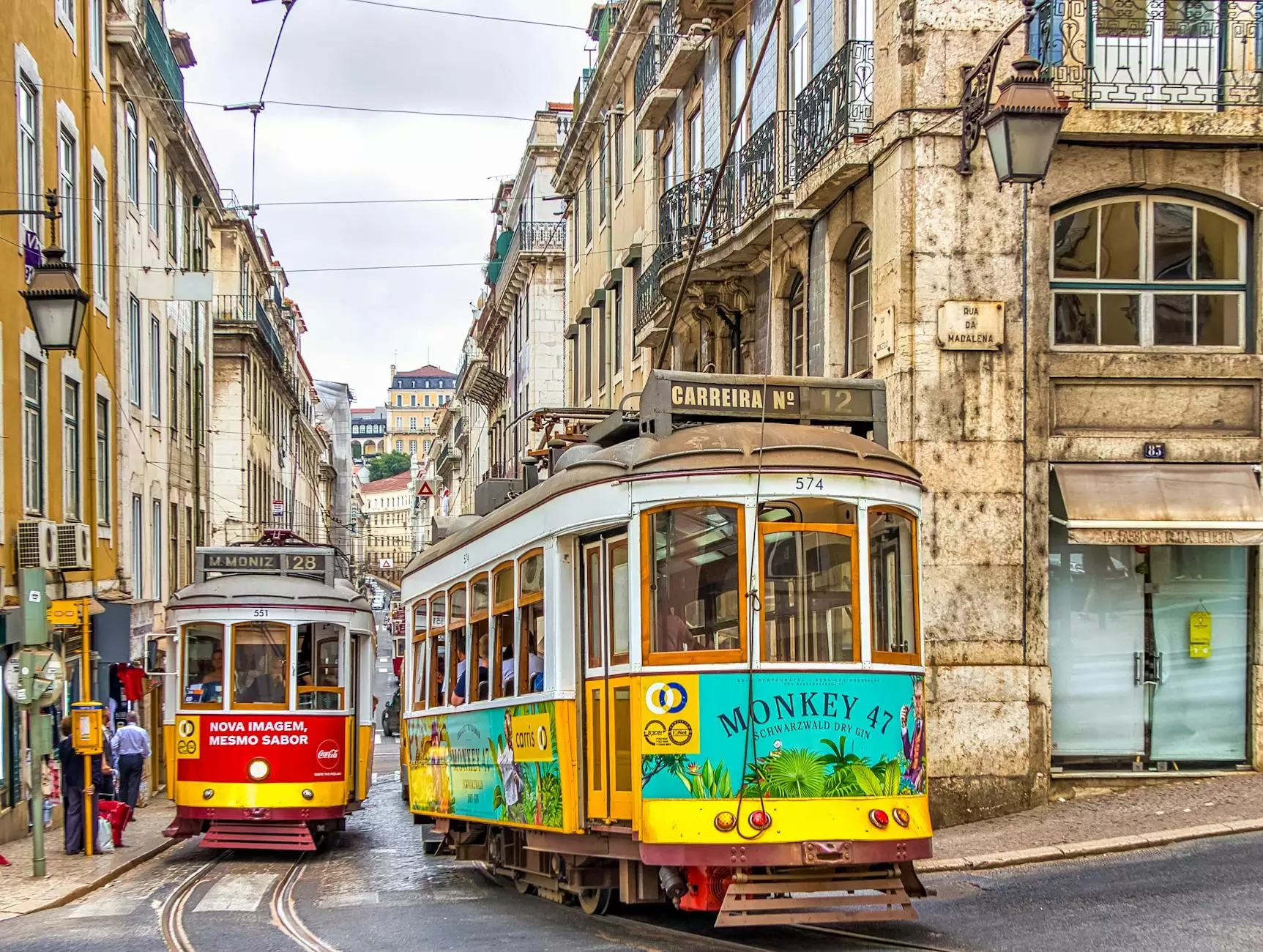Photo Histories: Streetcars
1800-1849
Welcome to La Historia Society's collection of photo histories, where we take you on a captivating journey through time, this time focusing on streetcars. In this extensive exhibit, we delve into the evolution, impact, and significance of streetcars as a mode of transportation in cities around the world.
The History of Streetcars
Streetcars, also known as trams or trolleys, have a storied history that dates back to the early 19th century. Originating in Europe, these electric-powered vehicles quickly gained popularity due to their efficiency, convenience, and ability to transport a large number of passengers.
Throughout the years, streetcar networks expanded across major cities, revolutionizing urban transportation. They played a vital role in shaping the growth and development of communities, allowing individuals to travel easily between residential and commercial areas.
Evolution of Streetcars
Over time, streetcar designs and technologies evolved, adapting to the changing needs of urban environments. From the early horse-drawn cars to the electrified systems that emerged in the late 19th century, each era brought new advancements and improvements to make streetcars faster, safer, and more comfortable.
Innovations such as double-decker streetcars, adjustable seating arrangements, and the introduction of air conditioning made transportation more enjoyable for passengers. These developments also had a profound influence on urban planning, as the presence of streetcar tracks often shaped the layout of cities.
Impact on Communities
Streetcars became the lifeblood of many communities, seamlessly connecting residential neighborhoods with bustling commercial districts. This accessibility transformed the way people lived and worked, creating opportunities for economic growth and social interaction.
The presence of streetcar lines led to the development of vibrant streetcar suburbs, where individuals could live in quaint residential areas while enjoying easy access to downtown areas. It fostered a sense of community and encouraged the growth of small businesses along streetcar routes.
Streetcars Across the Globe
Streetcar systems flourished not only in Europe but also in North America, Asia, and other parts of the world. Each region developed its unique streetcar network, reflecting the cultural and architectural characteristics of the area.
From the iconic cable cars of San Francisco to the historic trams of Lisbon, streetcars have become symbolic elements of urban landscapes. Many cities still proudly operate streetcar lines, preserving their heritage while embracing modern transportation technologies.
Preserving Streetcar History
At La Historia Society, we are passionate about preserving the history of streetcars. Through our extensive collection of photo histories, we aim to capture the essence of these remarkable vehicles and their impact on society.
By showcasing rare and captivating photographs, along with in-depth narratives, we bring the stories of streetcars to life. Our team of researchers and historians ensure that each photo history offers a comprehensive and unique perspective on the topic.
Experience the Richness of Streetcar History
Step into the world of streetcars and immerse yourself in their fascinating history. Discover the remarkable stories behind these iconic vehicles and gain a deeper understanding of their role in shaping urban environments.
Join La Historia Society in celebrating the legacy of streetcars and explore our collection of photo histories today. Let us take you on a remarkable journey through time, reliving the sights, sounds, and stories of streetcars from around the world.









